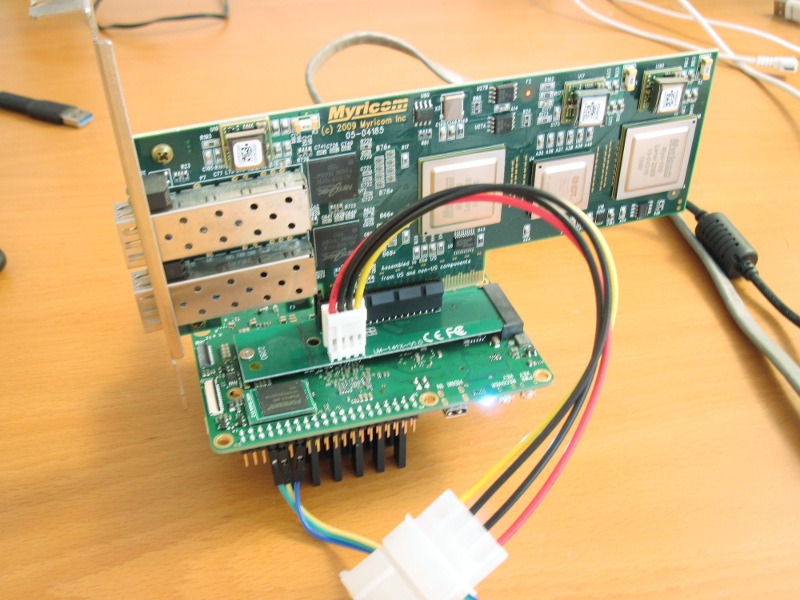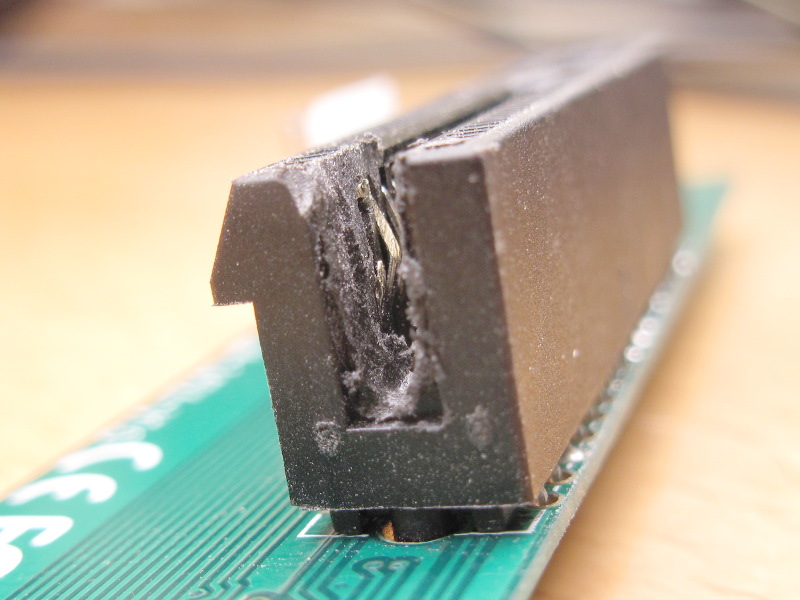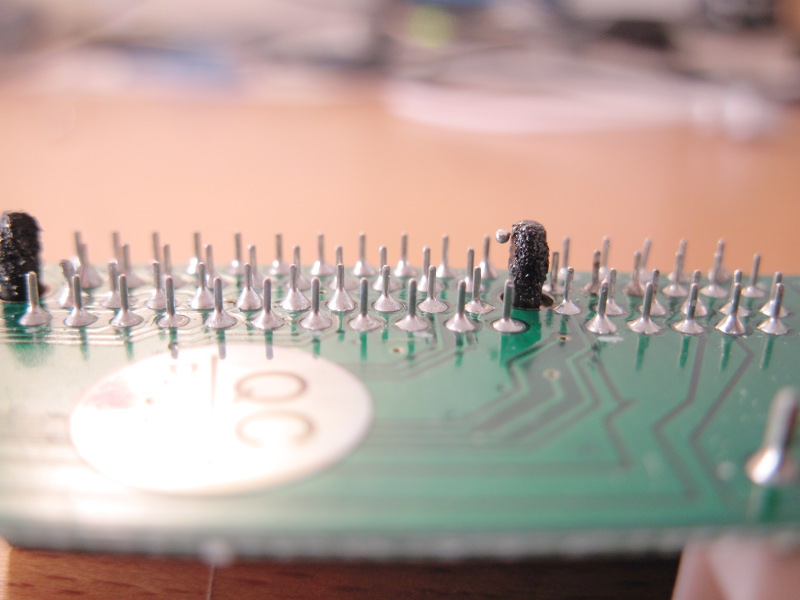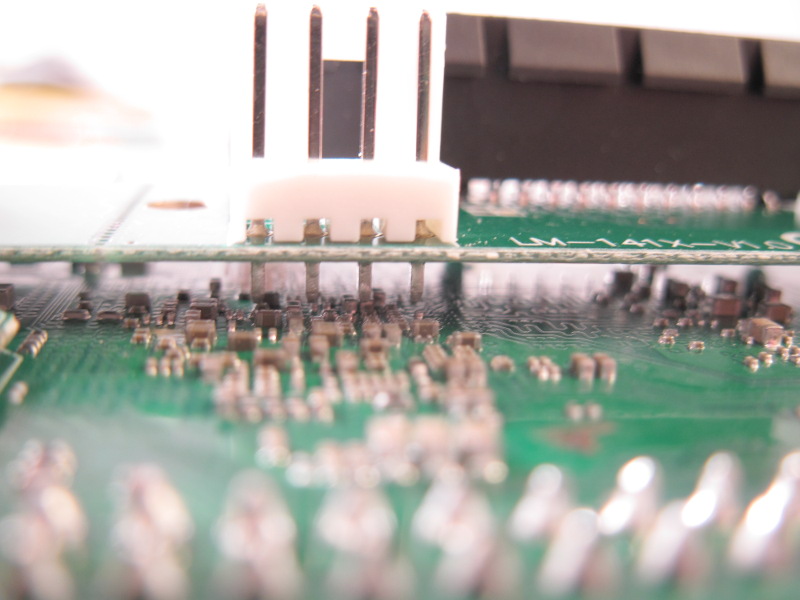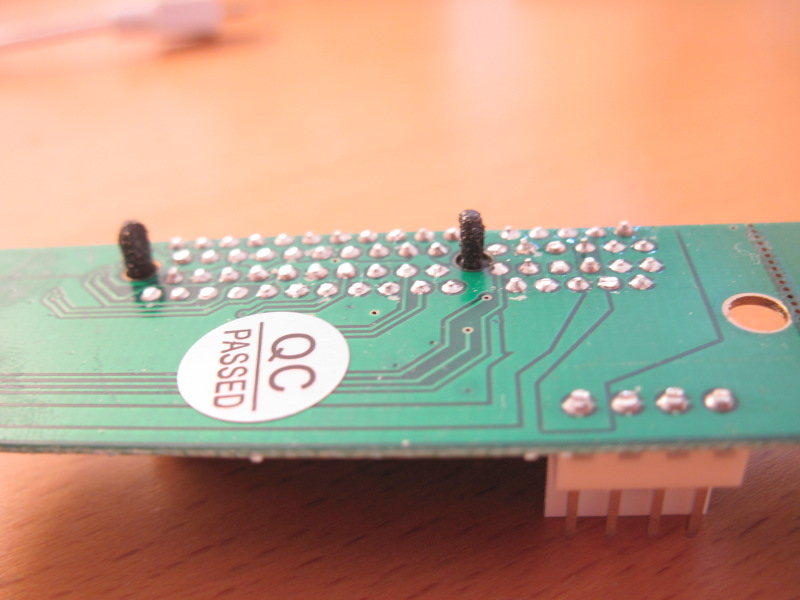I received my M2->PCIe adapter and could test a 10G card. Well, it’s an old one (myricom) because I didn’t expect to receive it on friday evening so I didn’t have a better NIC with me at home.
It was first not detected, but it was OK after a reboot. I figured that the NIC seems to take time to boot, and since the board starts much faster than a PC, it’s likely that it tries to detect it while the NIC isn’t ready yet. That’s not a problem, though, once you know it.
The transfer reached 5.5 Gbps with HTTP traffic, and just 3.2 G under iperf3, which is still correct (BTW the board only supports PCIe 2.1 so it’s doing 5GT/s x 4).
However I was seeing lots of warnings in kernel logs, that were slowing the transfer down. Disabling GRO reduced them. I don’t know if they come from the driver or the network stack, but given that the BSP kernel lacks 6587 stable patches and possibly got other ones incorrectly merged, it’s hard to tell.
I’m currently trying to update the kernel to 5.10.131. It takes ages and I’m prepared to have to manually fix 127 conflicts 
I’ll continue testing with some intel NICs from work to see if that works better.
